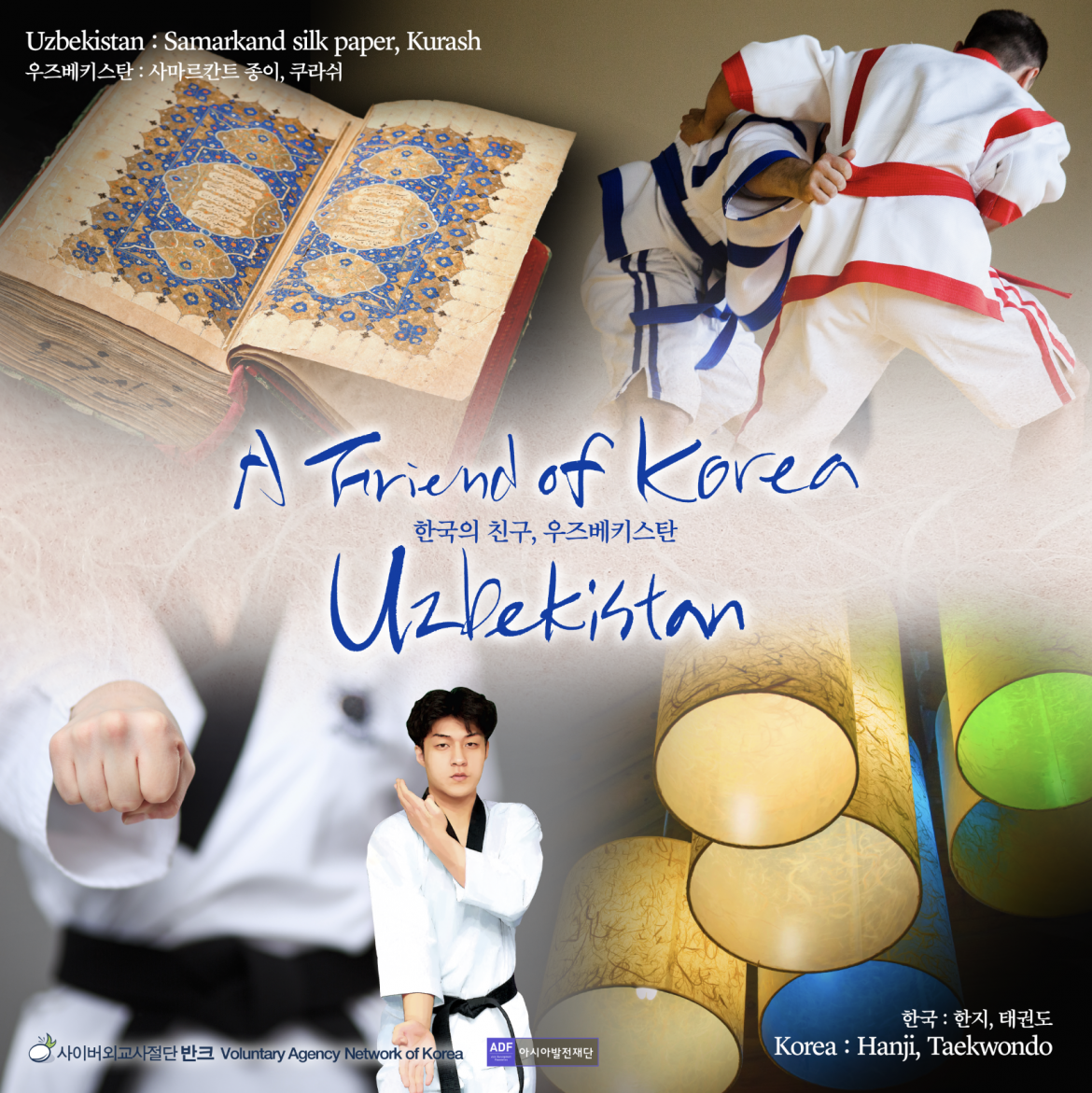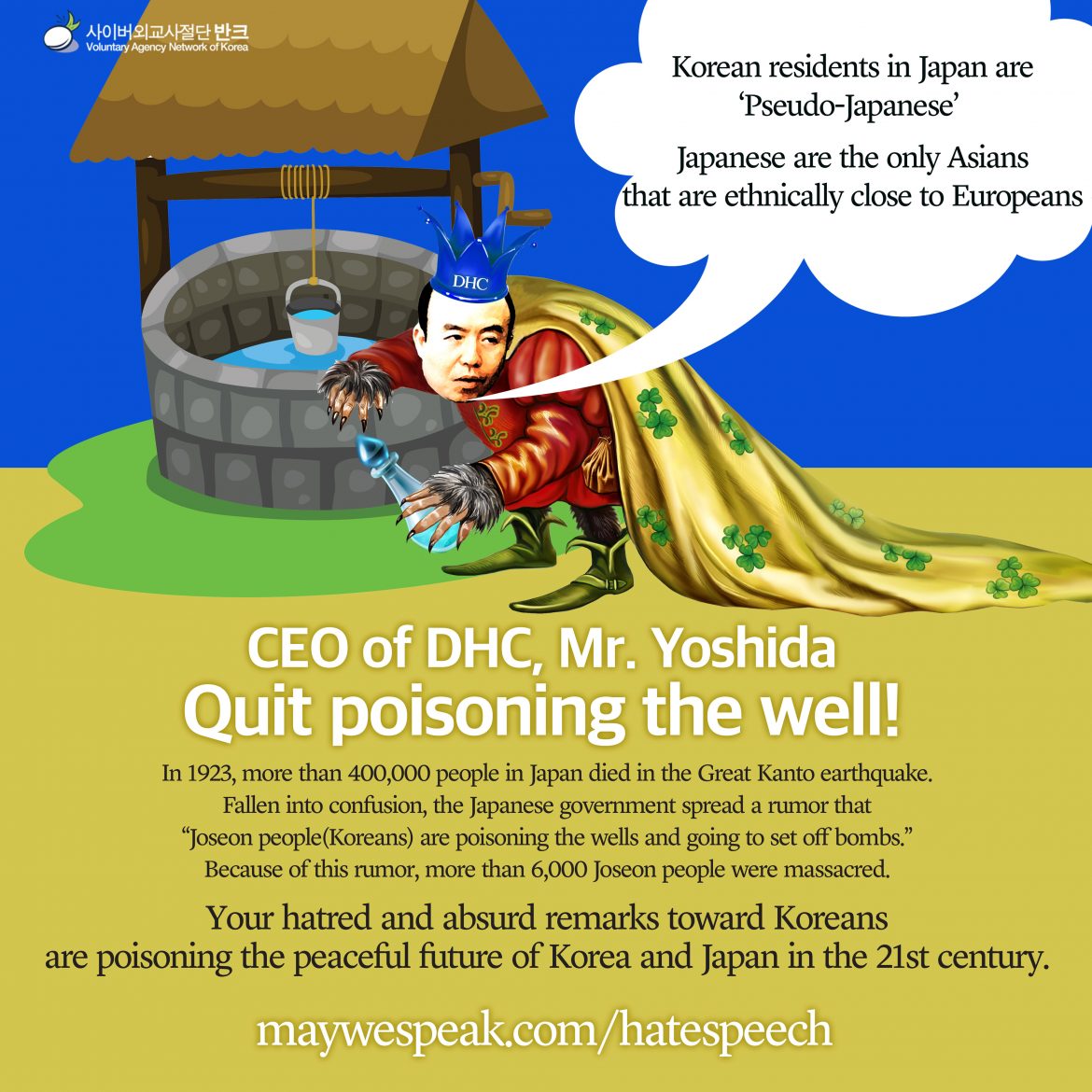Chinese people like the color red. But it does not mean that all red items come from China.
Not all red items are from China. Kimchi is a traditional Korean food that originated in Korea.
Stop China’s cultural hegemony!
VANK has created digital posters parodying the distortion of Kimchi by China in English, Chinese and Korean and distributed it to the world through social media channels.
China, which distorted Korean Hanbok and Arirang as Chinese culture, is now distorting Korean traditional food, Kimchi as Chinese food.
On November 29, 2020, China’s state-run media, Global Times(环球时报), took a post from a site called Fengwen(hearsay) Community(风闻社区), a platform operated by Chinese media, Guancha Syndicate(观察者网), and posted on Global Times Baidu account.
In an article posted on the Baidu account by Global Times, Pao Cai(泡菜), a pickled vegetable in China was set as an international standard by the ISO(International Organization for Standardization) that “Korean Kimchi is also Pao Cai, so now China is the world standard for Kimchi industry.”
The Global Times spread the distorted text even though the ISO clearly stated that “This (ISO) document does not apply to Kimchi.”
ISO’s new accreditation as an international standard is a pickle-like salted vegetable from Sichuan Province, China, which is different from traditional Korean Kimchi. Chinese Pao Cai and Korean Kimchi are completely different foods because there are major differences in shape, manufacturing process, and fermentation stage. Above all, the international standard that China advocates is meaningless with the exclusion of Korea, the birthplace of Kimchi.
However, it is not only the Chinese state-run media that distorts Kimchi.
In the encyclopedia of Baidu, China’s largest portal site, there is a distorted description of Kimchi that it is a long cultural heritage of China and the origin of Kimchi is China.
Media and portal site with great influence in China distorting as ‘the origin of Kimchi is China’ and ‘Kimchi is a Chinese cultural heritage’, and leaving it uncorrected, can be seen as an expression of China’s willingness to promote Kimchi as a Chinese culture.
VANK speculates that the distortion of Kimchi in China’s Global Times and Baidu Encyclopedia is the so called ‘Kimchi Project’ to transform Korean food culture into Chinese culture, like the Northeast Project promoted by the Chinese government to distort Korean Goguryeo into Chinese history.
For Koreans, Kimchi is a long-standing cultural heritage of Korea and a symbol of food culture that reveals Koreans’ identity to the international community
In this sense, China’s so-called ‘Kimchi Project’ to take Kimchi into Chinese culture reveals China’s nationalism and cultural hegemony. If this is left unattended, it will lead to great divisions and conflicts between the citizens of both Korea and China.
Therefore, if the international community remains idle on China’s cultural hegemony, it will be a great threat to peace in Northeast Asia, and world peace in the future will be shadowed by dark clouds.
Accordingly, Voluntary Agency Network of Korea, VANK intends to tell the world about China’s cultural hegemony and create peace in East Asia.
To achieve this, VANK created digital posters parodying the distortion of Kimchi by China in English, Chinese, Korean and distributed it to the world through social media channels.
The poster introduces the Kimjang culture which is registered in the UNESCO List of Intangible Cultural Heritage of Humanity in 2013, along with Korean Kimchi in red color.
The sentence, “Not all red items are from China. Kimchi is a traditional Korean food that originated in Korea.” tells us that just because Chinese people love the color red, not all red items in the world could come from China.
The poster introduces the address of a global petition that reports ‘China’s Kimchi Distortion.’











